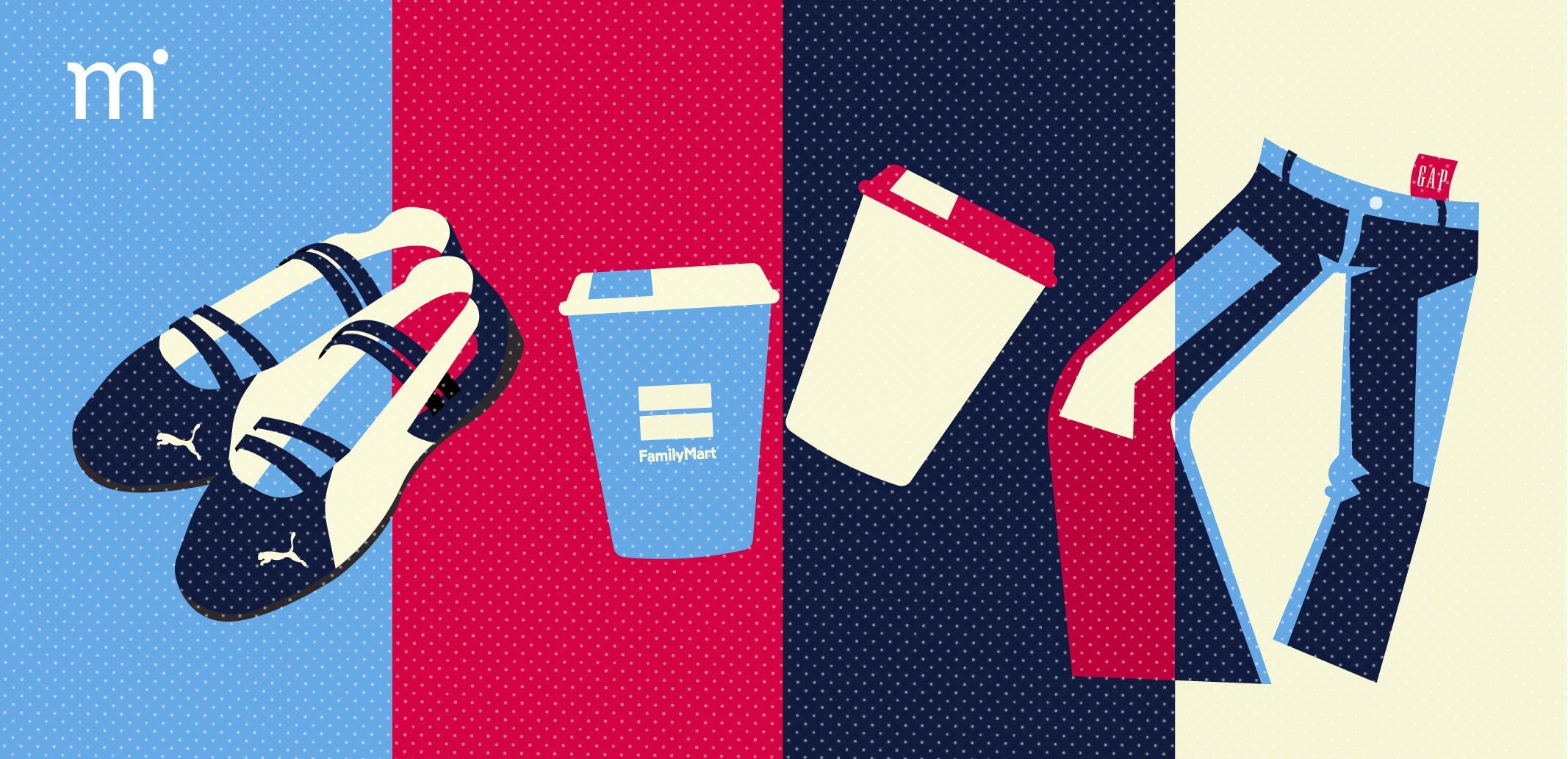
Pop Culture Branding
08 October 25
In mid-2025, Puma reignited the cultural moment around the Speedcat silhouette through a collaboration with Rose Blackpink. As one of the most influential style icons among Gen Z and millennials, Rose's influence brought new energy to a retro racer. The drop wasn’t just about footwear, it was about identity. The Puma × Rosé Speedcat Ballet collection fused the brand’s legacy with ballet-inspired elegance, turning a classic sneaker into a symbol of self-expression. Through such authentic collaboration with a cultural icon, Puma didn’t just push product, they created a moment that resonated globally.
Pop culture matters because to keep a brand alive. Pop culture offers immediate recognition, sparking emotional connections to what people already love and consume daily. More importantly, cultural touchpoints unite communities. A shared meme or collective nostalgia for a TV series can transform casual buyers into loyal brand advocates. Unlike traditional ads, cultural moments often spread organically, giving brands exposure money simply can’t buy.
Leveraging pop culture isn’t about jumping on every trend that hits on social media, it requires a thoughtful approach. The first step is identifying the cultural touchpoints that resonate most with your audience. What shows do they binge? What music shapes their identity? What memes make them laugh? Once identified, these touchpoints must be aligned with the brand’s core values. A cultural reference should feel like an extension of the brand. Rather than copying a trend, the most effective brands collaborate and reinterpret cultural moments into fresh stories that feel uniquely their own. While timing is crucial, rushing into a trend without authenticity is worse than not joining at all.
Gap teamed up with K-pop girl group Katseye to launch the “Better in Denim” campaign. The campaign featured the group dancing in Gap denim to Kelis' 2003 hit “Milkshake”. The campaign went viral across social media, especially on TikTok, resulting in Gap’s engagement records with a million views across platforms. Katseye’s diverse lineup made the campaign more relatable and authentic to global Gen Z audiences. At the same time, their unique K-pop identity stood out from typical groups and set Gap apart from competitors. The campaign wasn’t just about selling jeans, but about tapping into youth culture through dance, music, and celebrating the diversity of cultural relevance.
Meanwhile, FamilyMart’s collaboration with the hit anime Demon Slayer shows how pop culture crossovers can directly impact sales and brand relevance. Limited-edition packaging, themed merchandise, and even store decorations drew massive crowds of fans eager to collect exclusive items. This collaboration created an experience that blurred the line between fandom and retail. By tapping into a franchise, FamilyMart turned everyday convenience store visits into cultural events. This demonstrates that when brands enter the cultural conversation authentically, they can boost both emotional resonance and commercial success.
Yet, some risks can’t be ignored. A poorly executed cultural reference can quickly come across as tone-deaf or even offensive. Overexposure or jumping on every trend weakens a brand’s credibility. So where is pop culture branding headed next? As the landscape becomes more crowded, audiences are growing more selective. The future will likely move where fans are not just passive recipients but active participants. Think interactive campaigns, user-generated content that shapes brand narratives, or collaborations where communities have a say in design or product direction. The future of pop culture branding isn’t just about riding the wave, but about building platforms where brands and audiences ride it together.
At its core, leveraging pop culture in branding isn’t about being trendy, but more about creating a bridge between what people already care about and what your brand stands for. The most successful brands listen first, act authentically, and add value to cultural conversations. Instead of chasing fleeting trends, they embed themselves into the culture that truly matters to their audience. The right strategy doesn’t just make a brand relevant, it also makes the strategy timeless. Want to see how pop culture can take your brand further? Connect with Milestone and let’s craft strategies that resonate authentically and endure beyond the trend cycle.